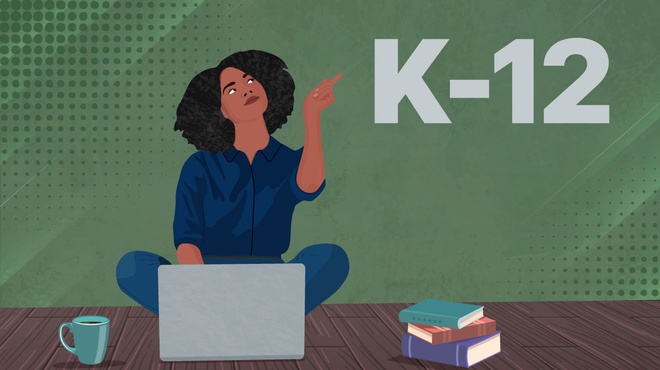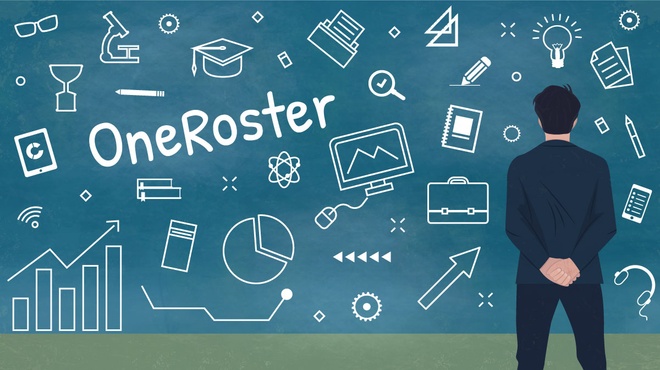The Importance of LMS Integration Strategies for K-12 Edtech Vendors in 2023

Learning management system (LMS) integration has become a critical requirement for educational technology (edtech) companies looking to succeed in the K-12 market. With schools and districts increasingly relying on IT administrators to vet and approve new software, having a robust integration strategy is key to being considered for adoption.
This article will examine the current K-12 LMS landscape, explain why LMS integration has become so important, and provide recommendations for how edtech vendors can develop integration strategies that will set them apart.
The Main K-12 LMS Players
The K-12 LMS market is currently dominated by three major players: Canvas, Google Classroom, and Schoology. According to ListedTech, Canvas holds the largest market share at 28%, followed by Google Classroom at 24%, and Schoology at 22%.
Canvas by Instructure has long been a leader in the higher education space and has successfully expanded into the K-12 sector, touting advanced features like analytics, mobile device support, and accessibility tools. Google Classroom’s growth has accelerated during the pandemic due to its simplicity and integration with other Google Workspace apps. Meanwhile, Schoology has focused specifically on the K-12 audience with curriculum management and parent communication features.
The Rise of LMS Integration Requirements
In years past, individual teachers often had autonomy in selecting the edtech tools they wanted to use in their classrooms. However, schools and districts have increasingly centralized software procurement and implementation under IT departments. This gives IT administrators power to standardize technology stacks across schools and ensure tight edtech integration between systems.
IT administrators typically require new software to integrate with the existing LMS via the Learning Tools Interoperability (LTI) standard. LTI allows external tools to securely pass user data and content back and forth with the LMS. This enables single sign-on, grade syncing, content sharing, and other key functions. Having a certified LTI integration makes edtech products plug-and-play rather than requiring cumbersome manual set-up.
The Need to Prioritize LTI 1.3
For years, LTI 1.1 was the integration standard in K-12, supported by Canvas and Schoology.
However, major security flaws in 1.1 prompted the development of LTI 1.3, which includes enhanced encryption, authentication, and access controls. Canvas adopted 1.3 early on, while Schoology lagged behind until certifying compliance in 2022.
With the two largest LMS players now on 1.3, edtech companies serving K-12 need to make upgrading a top priority. The improved security of 1.3 will increasingly become a requirement rather than an option. Companies that fail to upgrade risk being blocked from key markets.
The Exception: Google Classroom
Unlike Canvas and Schoology, Google Classroom does not support the LTI standard at all. Instead, integrations must be built using Google’s custom APIs. This means extra work for edtech developers. However, with Classroom’s 24% market share, integration is essential for accessing a large portion of the K-12 space.
Building adapters that connect Google Classroom APIs to existing LTI infrastructure can help minimize integration costs. But companies cannot afford to ignore Classroom if they want to maximize their reach. Google has not indicated plans to become LTI compliant.
Key Recommendations
Based on the current K-12 LMS landscape, here are three recommendations for edtech companies’ integration strategies:
- Make LTI 1.3 compliance a top priority if not already completed. With Canvas and Schoology on board, 1.3 will increasingly become mandatory.
- Develop custom integrations for Google Classroom. While extra work, it is necessary for accessing around a quarter of the market. Reuse LTI code where possible.
- Get integrations certified through the IMS Certification Process. Certification validates security and proper implementation of standards.
Following these recommendations will ensure integration with the top K-12 LMS platforms. Pairing robust integrations with great instructional tools is key to edtech success and adoption in K-12. Ongoing maintenance and continuous evolution of integrations alongside market needs are also essential.
To learn more about LMS integrations, reach out to our experts. We’ll check if integration is possible for your product.




